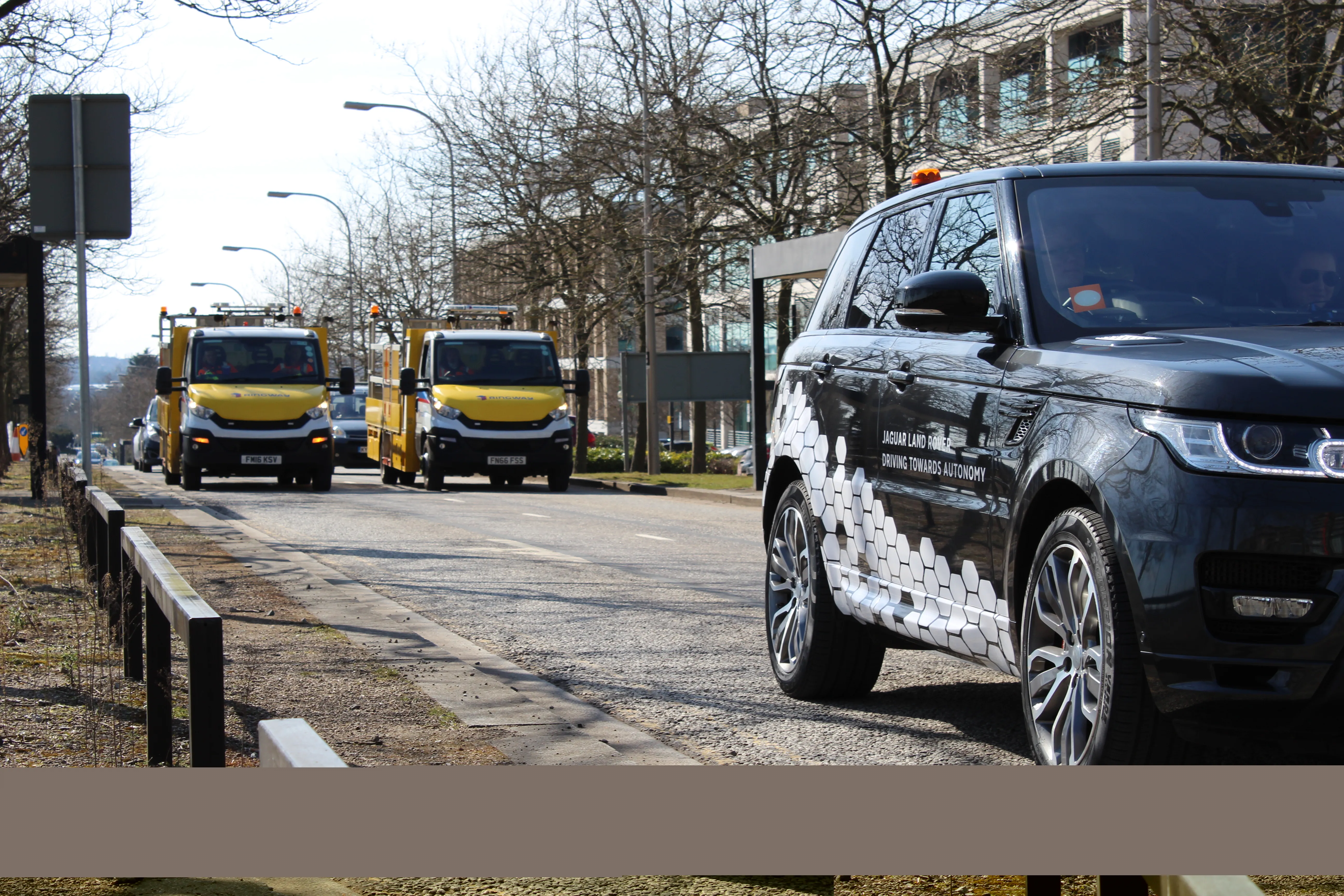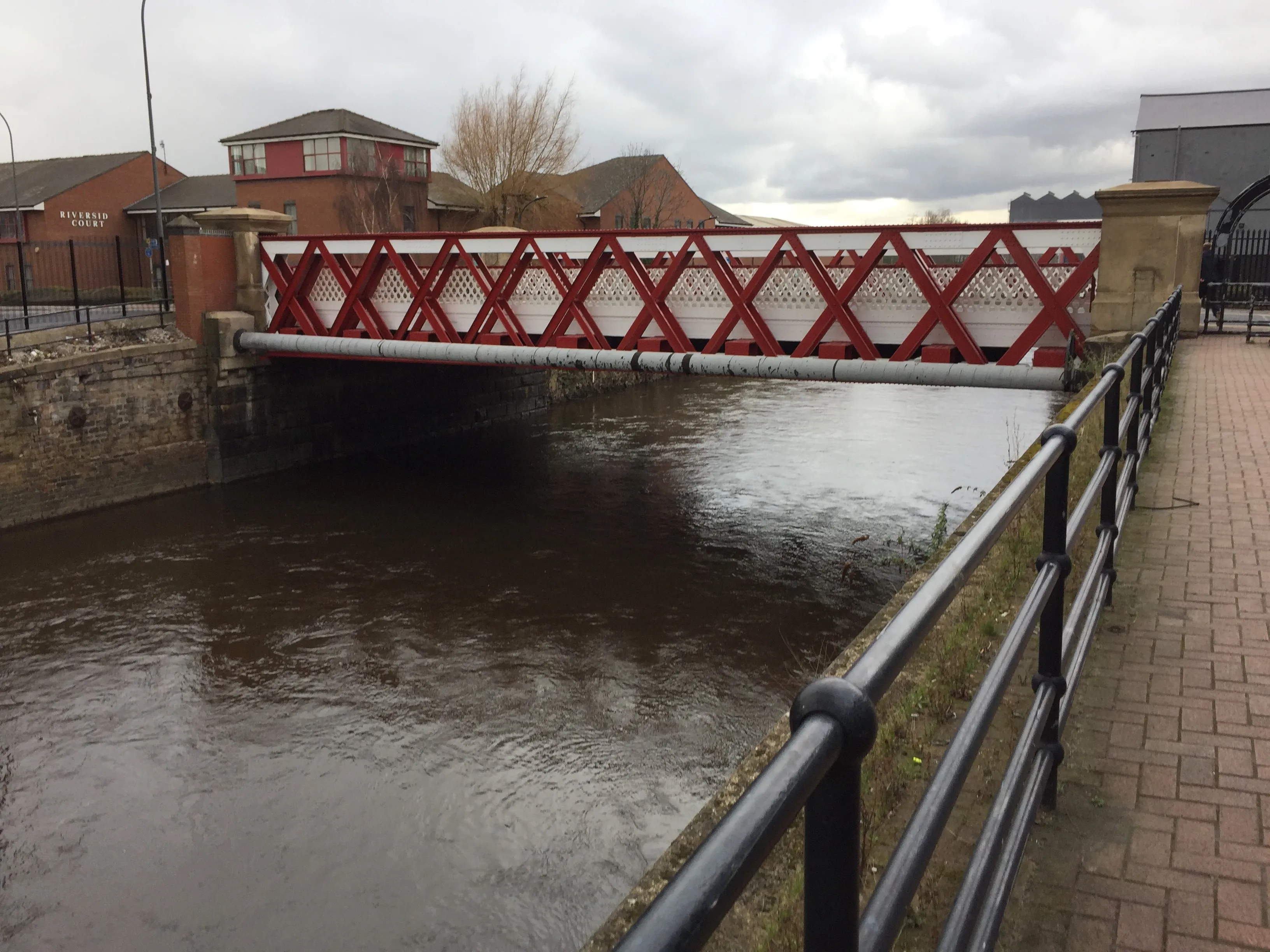Back to the Future met Ghostbusters on the streets of London recently
March 29, 2017
Read time: 1 min
Back to the Future met Ghostbusters on the streets of London recently







